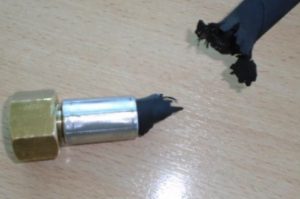
On the occasion of the launch of Maritime Safety Week by the UK government running this week, the Shipowners Club issued its fishing vessel safety booklet, summarizing key safety tips for one of the most dangerous jobs in the world. There have been many studies carried out over the years showing that fatalities on fishing vessels remain a real threat.
It is essential that the vessel’s skipper and all crew are fully familiarised with the vessel and its equipment, including any vessel-specific quirks, prior to departing a berth. A pre-sailing checklist should be completed, including:
– The operation and maintenance of the fishing equipment.
– The location and operation of safety equipment, ensuring it is free from obstruction
– The onboard layout of the spaces such as void spaces, engine room and cargo spaces.
– The location and operation of key Continue reading “Shipowners P&I Club issues loss prevention and fishing vessel safety booklet”










